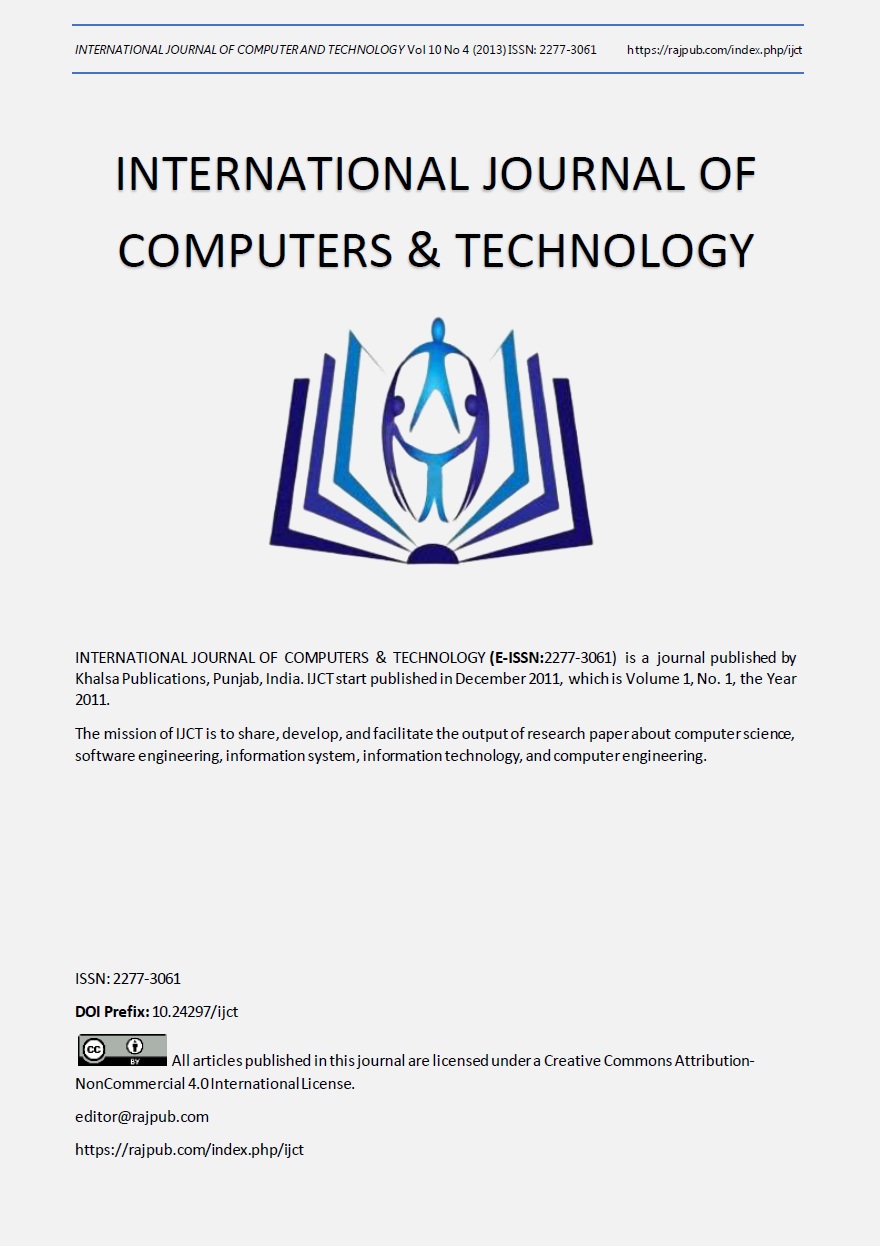Intuitionistic fuzzy optimization: Usage of hesitation index
DOI:
https://doi.org/10.24297/ijct.v10i4.3248Keywords:
Fuzzy Optimization, Intuitionistic Fuzzy Optimization, Hesitation Index, WeightAbstract
This paper presents the concept of usage of hesitation index in optimization problem under uncertainty. Our technique is an extension of idea of intuitionistic fuzzy optimization technique, proposed by Plamen P. Angelov in 1997, which is widely considered as a successful intuitionistic fuzzy optimization tool by researchers all over the world. It is well known that the advantages of the intuitionistic fuzzy optimization problems are twofold: firstly, they give the richest apparatus for formulation of optimization problems and on the other hand, the solution of intuitionistic fuzzy optimization problems can satisfy the objective(s) with bigger degree of satisfaction than the analogous fuzzy optimization problem and the crisp one. Angelov’s approach is an application of the intuitionistic fuzzy (IF) set concept to optimization problems. In his approach, the degree of acceptance is maximized while the degree of rejection is minimized. In our approach, not only the degree of acceptance is maximized and the degree of rejection is minimized but also the degree of hesitation is minimized. For the sake simplicity alone, the same problem, as studied by Angelov, is considered. Varied importance (and hence weights) to each of the degree of acceptance and the degree of rejection and the degree of hesitation have been given. Tables with these results are formulated and compared among.









